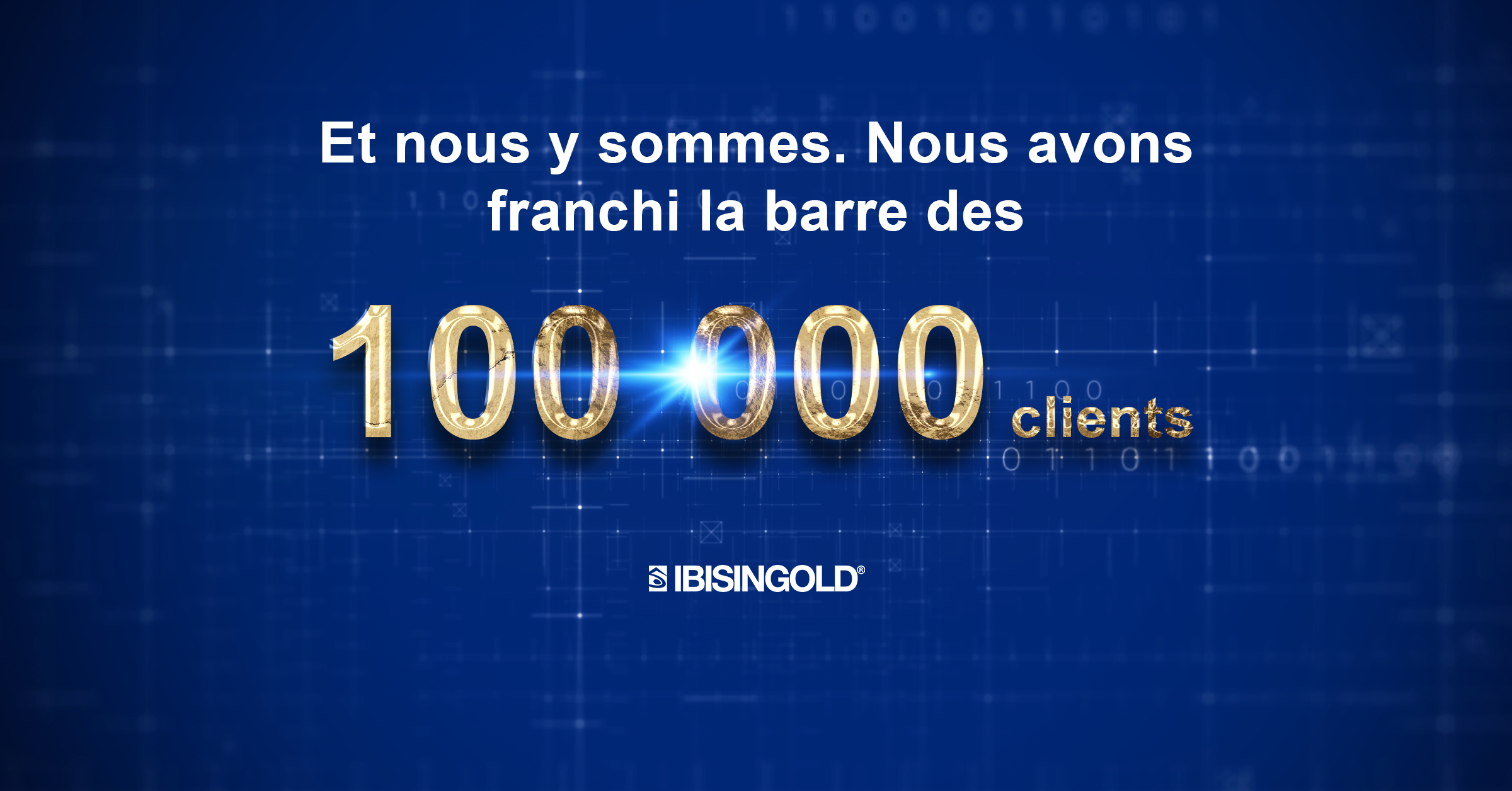Blog
Que s’est-il passé ces derniers jours ? Avec nous, suivez le fil de l’actualité. Bonne lecture !

31. 10. 2025
OpenMedias
IBIS InGold : investir et épargner dans l’or à travers des solutions accessibles à tous
Leader européen du secteur, avec plus de 100 000 clients et plus d'un milliard d'euros de transactions, la société IBIS InGold développe de nombreuses solutions disruptives, dont le système InGold PAY® permettant de payer directement avec son or d’investissement.
Commencez à épargner dès aujourd’hui !
Constituez le patrimoine de votre famille et recueillez le fruit de votre investissement






